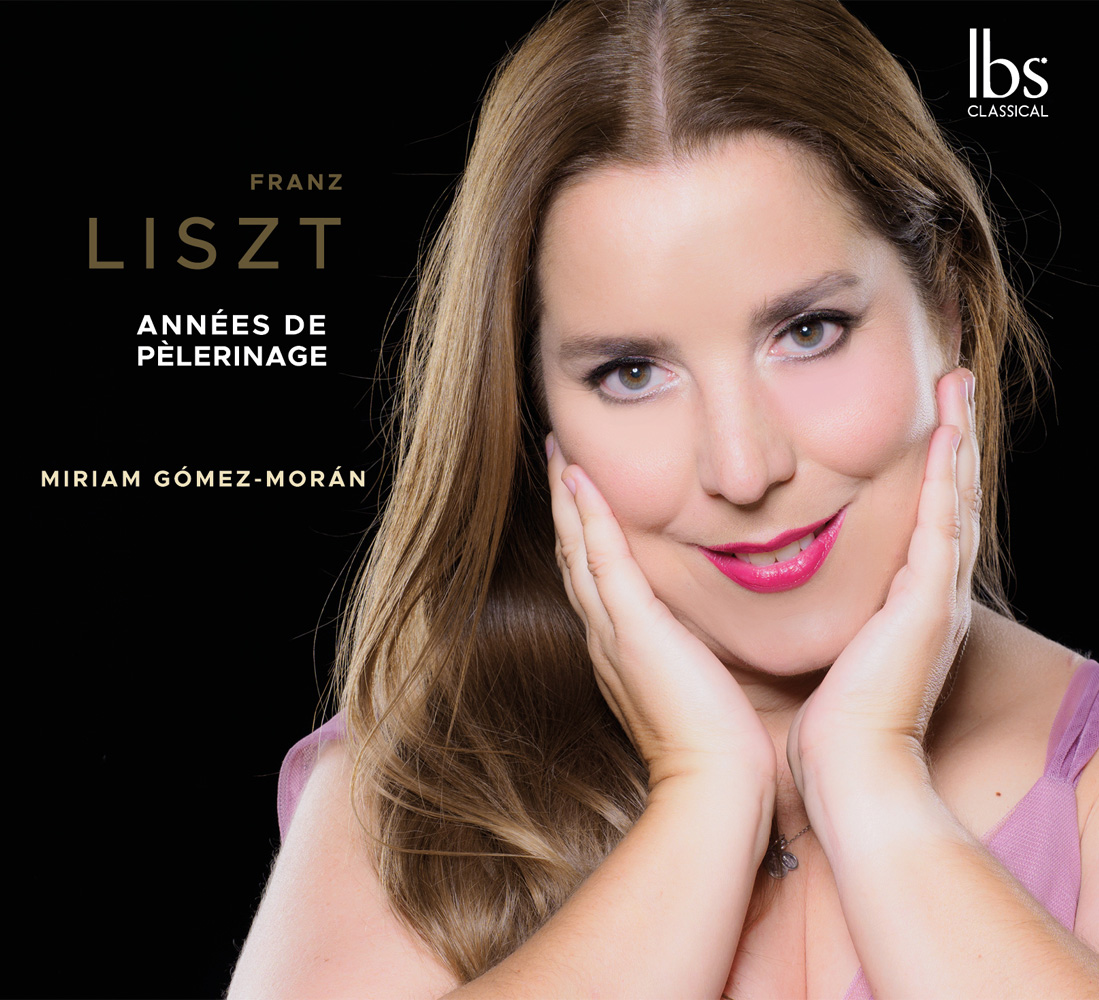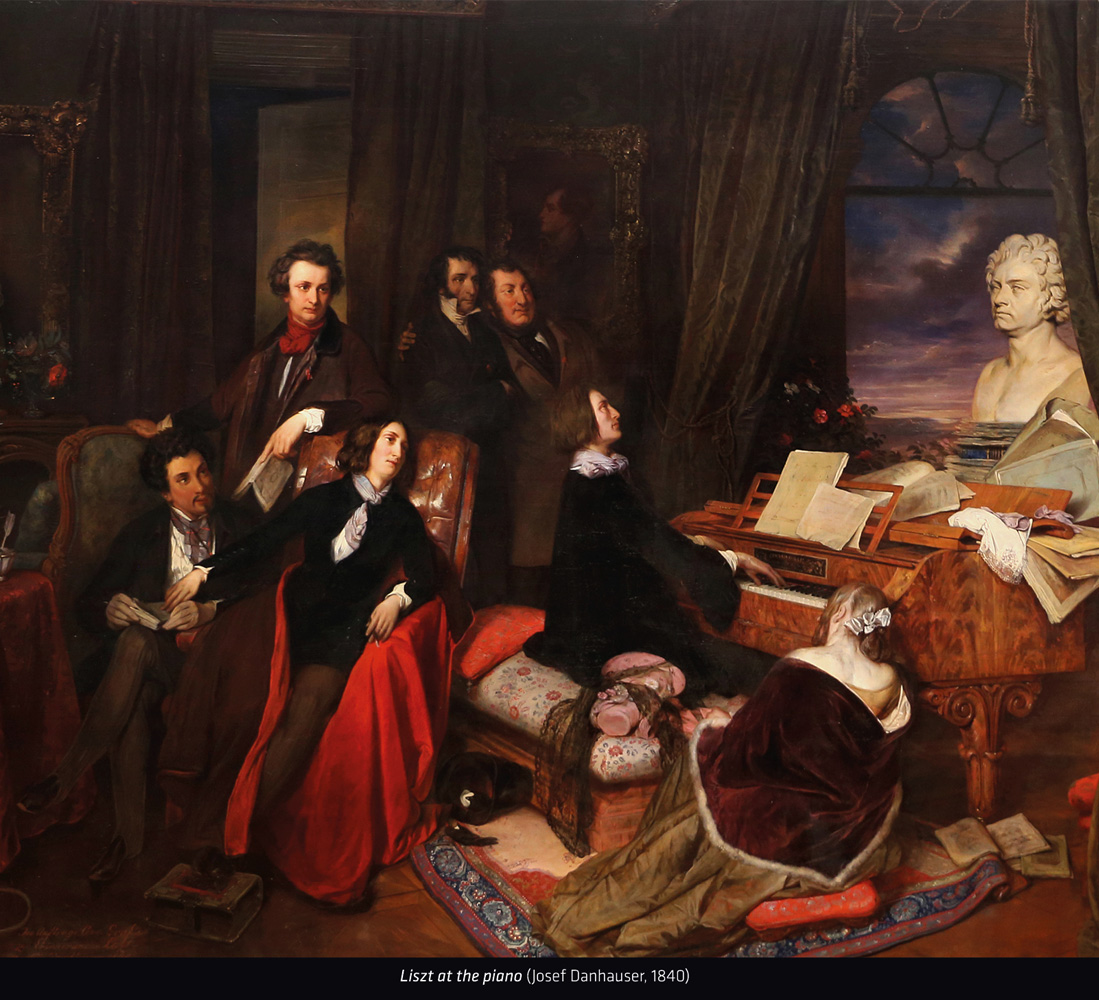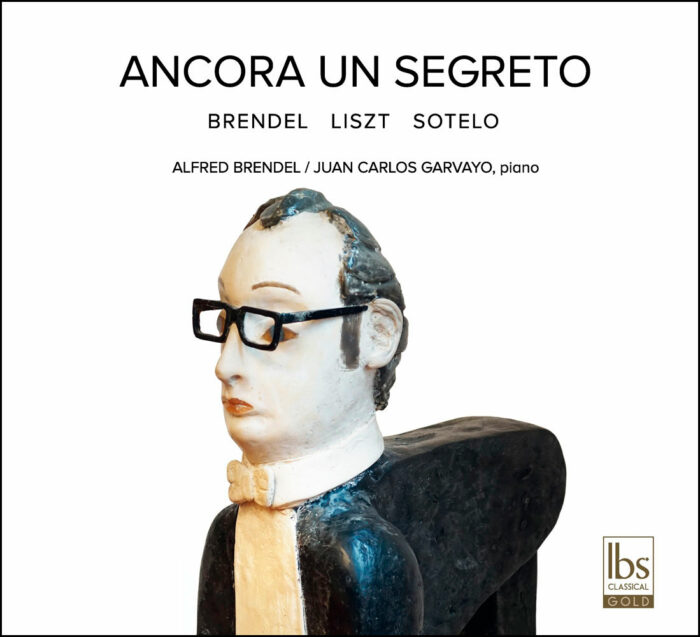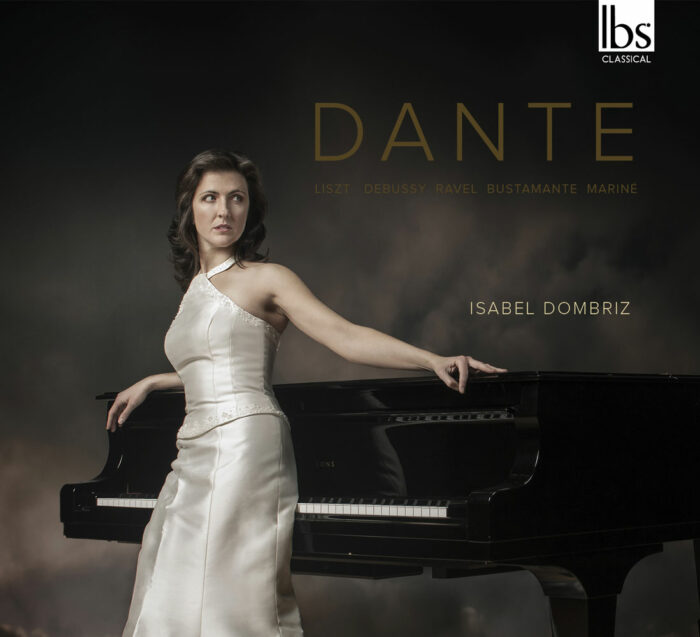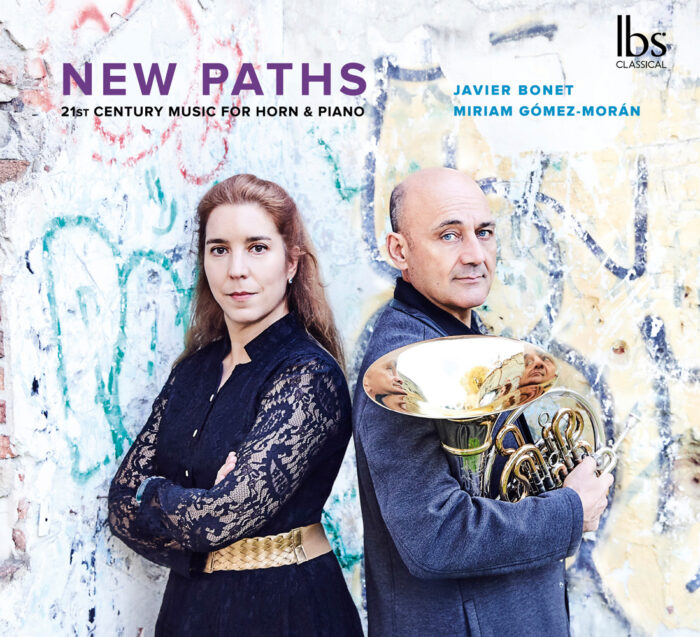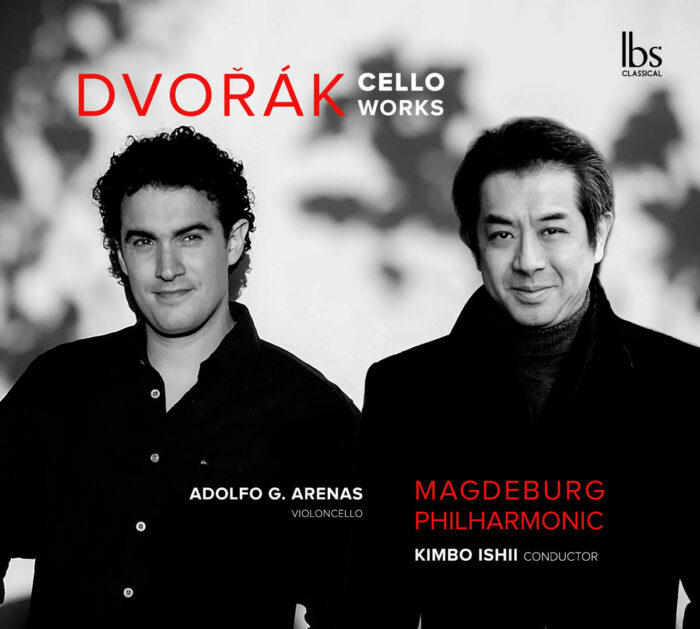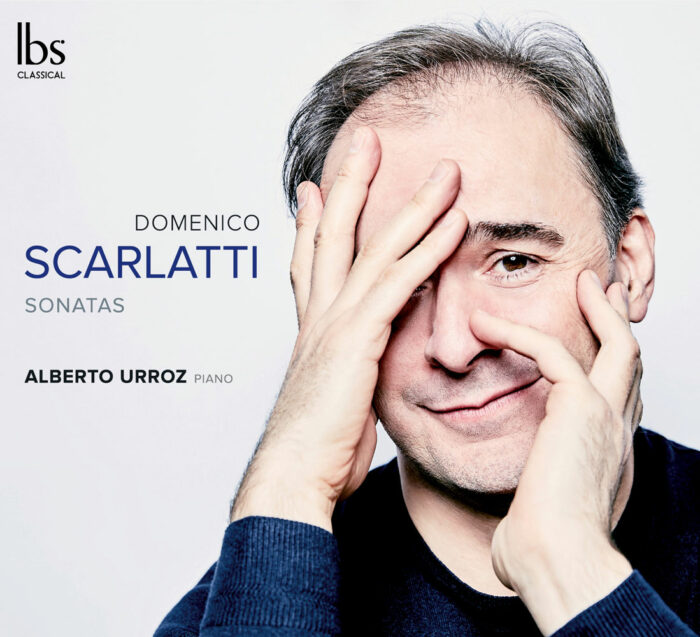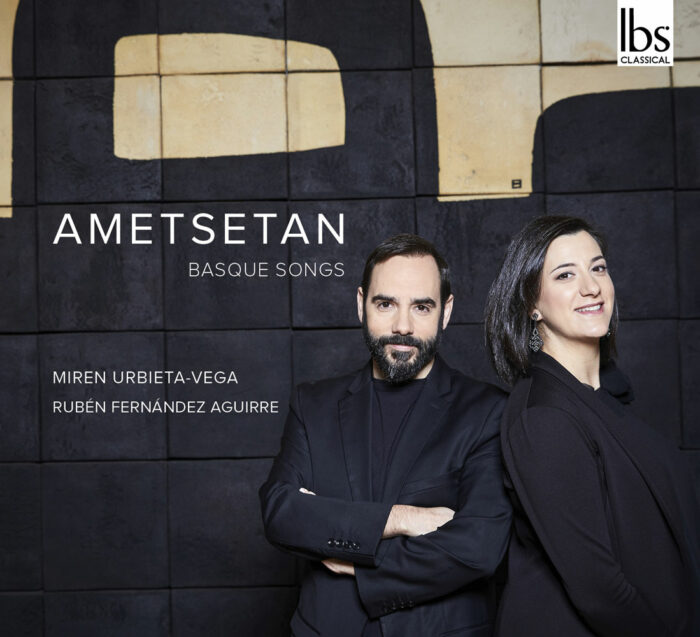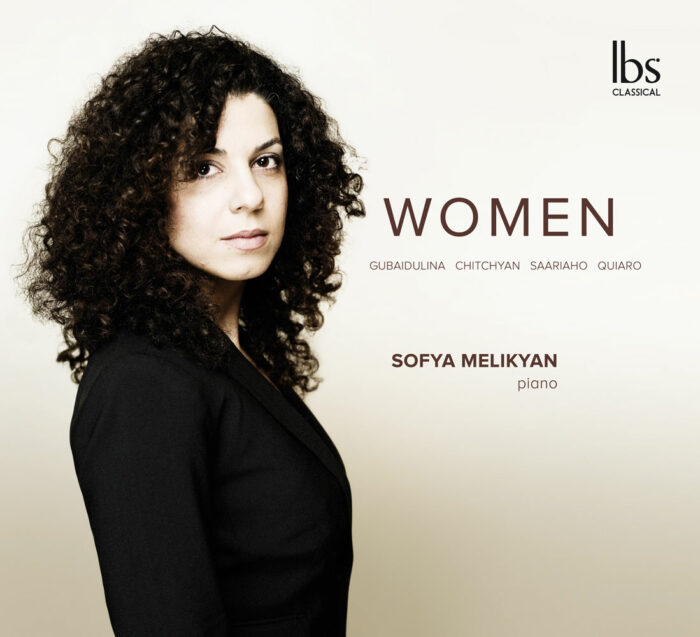Années de Pèlerinage
The Three Suites of the Cycle
The nucleus of the first two suites of the cycle in question—Switzerland and Italy—along with Venice and Naples, was conceived between 1835 and 1840, a period in which Liszt was journeying through Switzerland and Italy with his lover, Marie d’Agoult. Those were years of constant travelling, not only as a result of the bohemian lifestyle that the couple was living, but also because the composer began to forge a career as piano virtuoso at a level never before witnessed. The impulses of youth, coupled with intense experiences at all imaginable levels, may be detected in the first versions of the pieces, which are surprising due to their groundbreaking ideas and the sincerity of their fully romantic expression. However, the pursuit of perfection which characterized Liszt drove him, several years later in the 1850s, to undertake an exhaustive revision of part of this material. This was the period in which he exercised the functions of Chapel Master in Weimar and in which his sentimental partner was no longer Countess Marie d’Agoult, but rather Princess Carolyne von Sayn-Wittgenstein. The works which the composer decided to incorporate into the new set were formally rounded out. They also became more orchestral in texture and acquired a harmonic language even more audacious than in the previous versions. In the First Year, Liszt included a completely new piece, Eclogue, and another which is also practically new, Storm (one of its motifs has its origin in the Nocturne from the Three Swiss Melodies, but here the similarity ends).
The Third Year was written much later, between 1867 and 1877, and presents a language which hints at Impressionism or Expressionism, and which is therefore extremely advanced for the period. While the previous suites traverse the exterior and interior landscapes in which Liszt dwelled at the moment of their creation and of their revision, the last, however, aims much further: towards the future, opening the door to a compositional and aesthetical world that wouldn´t be fully established until the beginning of the 20th century. Once again, the Hungarian master had managed to reach what none of his contemporaries had even dared to anticipate, bequeathing to posterity a music that, even today, interpolates vibrant urgency to the listener.
Miriam Gómez-Morán
Miriam Gómez-Morán
English BIO:
Born in Madrid, Miriam Gómez-Morán began studying piano at the age of eleven at the Royal Conservatoire of Music in her hometown, where she graduated as Higher Piano Teacher in 1994 as a student of Carmen Deleito, Manuel Carra and José Luis Turina. During this period, she received frequent advice from Josep Colom. In 1992, she moved to Budapest (Hungary) for a four-year postgraduate course at the Academy of Music “Liszt Ferenc” under the guidance of Ferenc Rados, Károly Botvay and Kornél Zempléni. From 1998 to 2000, she studied fortepiano and harpsichord at the Musikhochschule in Freiburg (Germany) with Robert Hill and Michael Behringer, and piano with Tibor Szász. She also had lessons from Vital Julian Frey. She obtained the degrees of Musiklehrer (2000) and Künstlerische Ausbildung (2002), majoring in Historical Keyboard Instruments. In 2019 she earned her PhD at the University of Valladolid with the dissertation Franz Liszt’s Performance Practice of his Piano Works through the Testimony of his Students. Prizewinner in several national and international competitions, Miriam Gómez-Morán has maintained a growing concert schedule since the age of twelve, with frequent performances in Europe, North America and Asia. In addition to her solo appearances as soloist in recital and with orchestra, she often appears in chamber and contemporary music groups, performing regularly with hornist Javier Bonet and with pianist José Felipe Díaz (Duo Prometheus). She is founding member of the Trio “Auf dem Strom” and the Ensemble Dreisam. She has premiered works by composers such as José Luis Turina, Rogelio Groba, César Camarero, Vicente Roncero, Icli Zitella, Alejandro Trapero, Miguel Bustamante, Salvador Brotons, César Cano, Francisco Zacarés, Miguel Ángel Tallante and Juanjo Colomer. Among her albums, in addition to those recorded with Javier Bonet, it is worth mentioning the CD “Liszt: Piano Works” (VRS 2014) and a CD in the Complete Piano Sonatas by Mozart, issued by the Autonomous University of Madrid. All of them have been highly praised by critics. She has also taken part in radio and television broadcasts in various countries. Ms. Gómez-Morán is the author of several articles on music in scientific publications, as well as a regular contributor to Excelentia magazine. She gives masterclasses in countries such as Spain, Canada, Finland, Hungary and Germany. Since 2000, she works as a Piano Professor at the Conservatorio Superior de Música de Castilla y León.
Espanish BIO:
Alan Walker, autor de la célebre biografía de Liszt en tres volúmenes y gran especialista en el músico húngaro, ha dicho de ella: «Me quedé profundamente impresionado por su recital con obras de Liszt. Su ejecución de las Variaciones Weinen, Klagen» fue un tour de force, mientras que su interpretación del formidable Valle de Obermann fue la mejor que yo haya escuchado jamás. No era sólo una cuestión de técnica, que ella posee en abundancia. Uno se daba cuenta de que una verdadera artista estaba presidiendo al teclado.» Nacida en Madrid, Miriam Gómez-Morán comienza sus estudios de piano a los 11 años en el Real Conservatorio Superior de Música de su ciudad natal, donde obtiene su Título de Profesor Superior de Piano en 1994, teniendo como profesores a Carmen Deleito, Manuel Carra y José Luis Turina. Durante este período recibe con frecuencia consejos de Josep Colom. En 1992 se traslada a Budapest (Hungría), donde realiza un posgrado de cuatro años en la Academia de Música “Liszt Ferenc” bajo la dirección de Ferenc Rados. Otros profesores suyos durante este tiempo fueron Károly Botvay y Kornél Zempléni. Entre 1998 y 2000 realiza estudios de clave y fortepiano en la Musikhochschule de Freiburg (Alemania) con Robert Hill y Michael Behringer, así como de piano con Tibor Szász. Asimismo, recibe consejos del clavecinista Vital Julian Frey. Obtiene los títulos de Musiklehrer (2000) y de Künstlerische Ausbildung (2002) en la especialidad de Instrumentos Históricos de Teclado. En la actualidad, se encuentra realizando su doctorado en la Universidad de Valladolid. Galardonada en numerosos concursos nacionales e internacionales, Miriam Gómez-Morán mantiene desde los doce años una creciente actividad concertística con actuaciones en diversos países europeos y en Norteamérica como intérprete de piano, fortepiano y clave. Además de sus apariciones como solista en recital y con orquesta, realiza frecuentemente conciertos como componente de grupos de cámara y de música contemporánea. Forma dúo habitual con Javier Bonet (trompa) y con José Felipe Díaz (Dúo Prometheus, piano a cuatro manos). Es miembro fundador del Trío Auf dem Strom y del Ensemble Dreisam. Ha realizado estrenos de compositores como José Luis Turina, Rogelio Groba, César Camarero, Vicente Roncero, Icli Zitella y Alejandro Trapero. Su producción discográfica ha aparecido en los sellos Verso, Arsis y Exaudio, entre otros. Cabe destacar el CD Liszt: Piano Works (VRS 2014) y los grabados junto a Javier Bonet: Tableau Musical (ARSIS 4191), Sonatas para fortepiano y trompa natural (ARSIS 4211), Romances pour cor et piano (ARSIS 4241) y Just for fun (EX-2016-01). Todos ellos han sido acogidos con grandes elogios por la crítica. También ha participado, junto a otros cinco pianistas españoles, en el registro de la Integral de las Sonatas para piano de Mozart, promovido por la Universidad Autónoma de Madrid. Además, ha grabado en varias ocasiones para radio y televisión en diversos países. Es autora de varios artículos sobre música en revistas especializadas y es invitada a impartir clases magistrales con regularidad. Desde el año 2000 es catedrática de Piano en el Conservatorio Superior de Música de Castilla y León.
